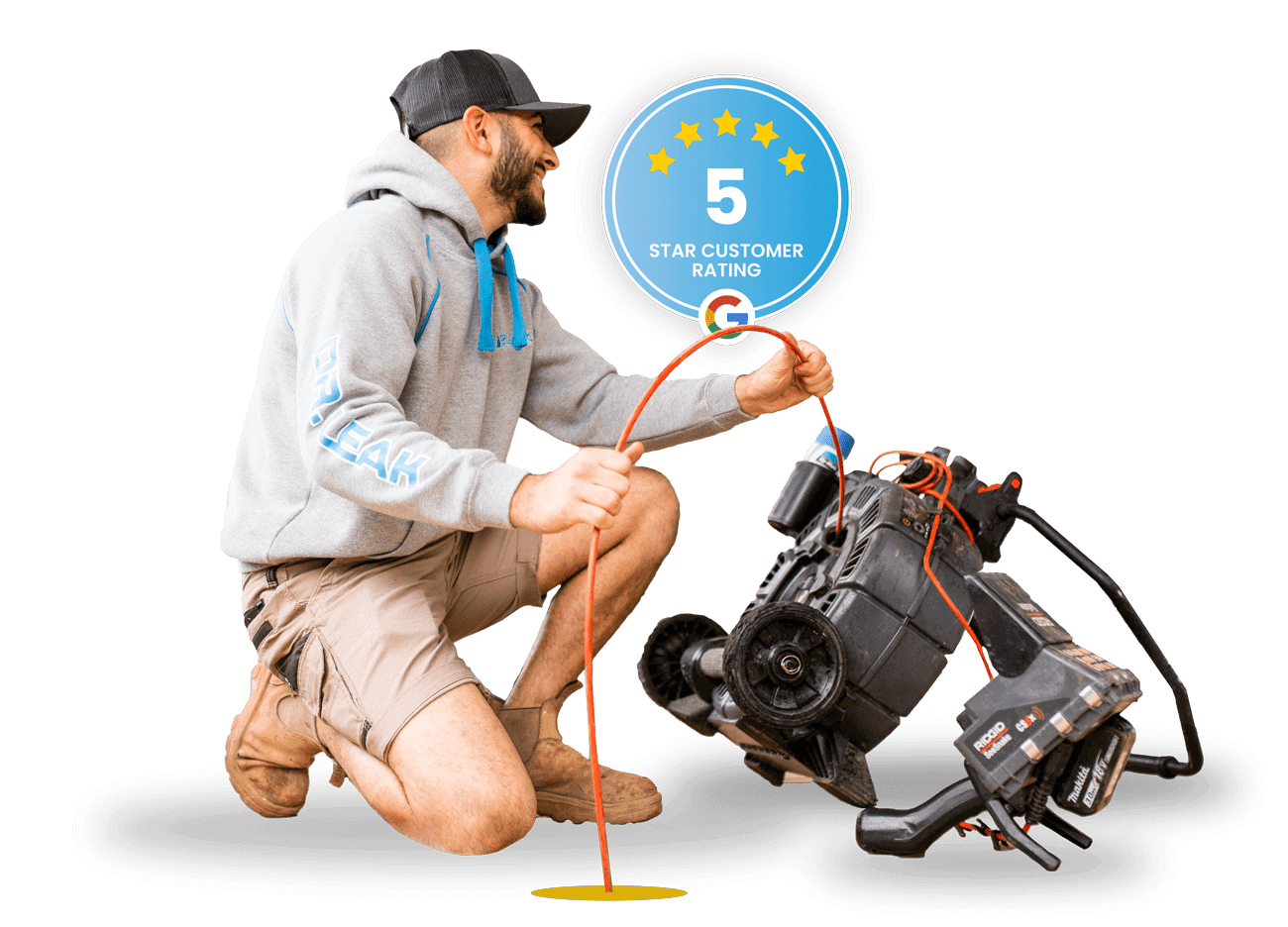1300 375 325
Call us on: 1300 375 325
24/7 emergency service
Click here for
a free quote
a free quote






Anyone that is visiting Sydney can appreciate the architecture of this beautiful Australian city. Sydney, NSW is home to some of the most beautiful period homes which are juxtaposed with some of the country’s newest industry-leading architectural creations, making it a melting pot of design and inspiration. One thing that all these properties share in common is the need for a first-class hot water plumbing service and Dr Leak provides just that.
Dr Leak is dedicated to providing the best plumbing services for the greater Sydney area from the Northern Beaches to the Eastern Suburbs and the Sutherland Shire to the Hills District. Whether you are making use of our 24/7 emergency call-out service or booking your appointment online for a same-day call-out, our team of expert plumbing professionals will be there to provide the highest standards of workmanship for all your plumbing needs. With services that span from blocked drains to toilet repairs and everything in-between, Dr Leak is the company you need to take care of all of your plumbing requirements
From hot water installation and shower repairs to blocked storm water drains, you can rely on Dr Leak's Sydney-based plumbers.
As the hot water specialists in Sydney, the team at Dr Leak can help you to choose the right hot water service for your home. There are a few main options that you can choose from including:
One of the advantages of installing an electric hot water service is the option to include a continuous flow tank, which will keep the water in your tank constantly heated to your ideal temperature. Electric systems are easy to install and hot water maintenance can be easily carried out when needed.
Natural gas is another environmentally friendly alternative that you can choose for the hot water service in your home. These systems are affordable to install and run as the gas is what is used to heat the water in your system. These are typically better for larger households as they have the capacity to heat larger amounts of water depending on the size of your system.
Powered using energy from the sun, solar hot water systems are the most environmentally friendly option that you can choose for your home. Apart from the initial cost of purchase, for which government rebates can apply, they are the cheapest hot water service to run in the long term.
Our specialist team offers more than 15 years of experience in the installation, service and repair of hot water systems in Sydney. Whether you need hot water system repairs, a new system installed or an expert to perform general maintenance on your hot water system, our team offers a same day service on all call-outs before 2pm.

There are certain signs to look out for when it comes to the condition of your hot water system. These indicators will let you know if you need a complete hot water system replacement or whether you might just need an expert to take a look and perform some basic repairs.
As with all the plumbing work that we do at Dr Leak, our hot water repair services are methodical processes that begin with a thorough investigation of any issue. Our hot water specialists will assess the problems with your system and provide recommendations on the repair work to be done or whether you need a complete hot water system replacement.
Our gas plumbers will be able to provide a range of servicing and repairs to your hot water system to correct any of the problems that you have been experiencing. Using specialist tools to ensure that your hot water system remains in the best possible condition for the longest lifespan, our team will take care of any leaks or issues quickly and efficiently.
The final phase of hot water installation or repairs is the testing to ensure that everything in your hot water service is working perfectly. Our expert plumbers will not leave your premises until we know that your hot water service is working perfectly, making sure to test every aspect of the installation or repair to ensure the system is working as it should.
Dr Leak provides hot water plumbing in Sydney that you can trust, with advice backed by years of experience. Our team is dedicated to providing nothing short of the best hot water system repairs, services and installations in the business.
If you require installation of a new hot water system, Dr Leak is a certified Sydney-based hot water plumber that has the know-how to help you through the process, from choosing the right hot water system for your home to completing the hot water installation. With discounts available for seniors and a 6-month interest-free payment plan available, Dr Leak is the best choice for hot water plumbing in Sydney.
All work is carried out by licensed and fully insured professional plumbers so that you can enjoy the peace of mind that no matter the size of the job to be done, Dr Leak is the one who fixes hot water systems to the highest possible standards. Contact us to book an appointment today and experience quality service and workmanship from the best Sydney-based hot water plumber.















Sydney Plumbing Services
• Blocked Drains Sydney
• Pipe Relining Sydney
• Leak Detection Sydney
• Gas Fitting Sydney
• Stormwater Drain Cleaning Sydney
• Hot Water Systems Sydney
• Emergency Plumbing Sydney
• Shower Repairs Sydney
• Toilet Repairs Sydney
• Leaking Tap Repairs Sydney
• Leaking Pipe Repairs Sydney
• Burst Pipe Repairs Sydney
• Roof & Gutter Leak Repairs Sydney
• Drain Camera Inspections Sydney
• Gas Cooktop Installation Sydney
• Handyman Maintenance Sydney
__________________________
Melbourne Plumbing Services
• Blocked Drains Melbourne
• Pipe Relining Melbourne
• Leak Detection Melbourne
• Gas Fitting Melbourne
• Stormwater Drain Cleaning Melbourne
• Hot Water Systems Melbourne
• Emergency Plumbing Melbourne
• Shower Repairs Melbourne
• Toilet Repairs Melbourne
• Leaking Tap Repairs Melbourne
• Leaking Pipe Repairs Melbourne
• Burst Pipe Repairs Melbourne
• Roof Leak Repairs Melbourne
• Drain Camera Inspections Melbourne
• Gas Cooktop Installation Melbourne
• Handyman Maintenance Melbourne
__________________________
Plumber Sydney
• Canterbury-Bankstown
• Eastern Suburbs
• Greater Western Sydney
• Hills District
• Inner West Sydney
• Macarthur
• Northern Beaches
• North Shore
• South East Sydney
• South West Sydney
• St George Area
• Sutherland Shire
• Sydney CBD
__________________________
License No. 368473C
ABN: 72 648 410 333
ACN: 648 410 333
Plumber Melbourne
• Melbourne CBD
• Northern Suburbs
• Eastern Suburbs
• Western Suburbs
• South-Eastern Suburbs
• Bayside Suburbs
• Mornington Peninsula
__________________________
About Us
• Testimonials
• Privacy Policy
• Terms & Conditions
• Meet the Team
Services
Regions
Blogs
Sydney Suburbs
Melbourne Suburbs
Sitemap
Copyright© 2023. Dr Leak Plumbing Services. All Rights Reserved.